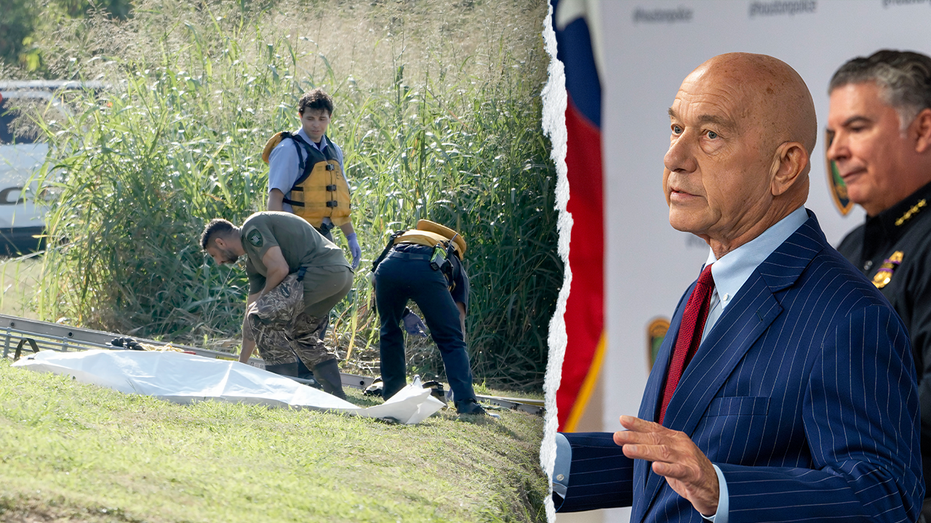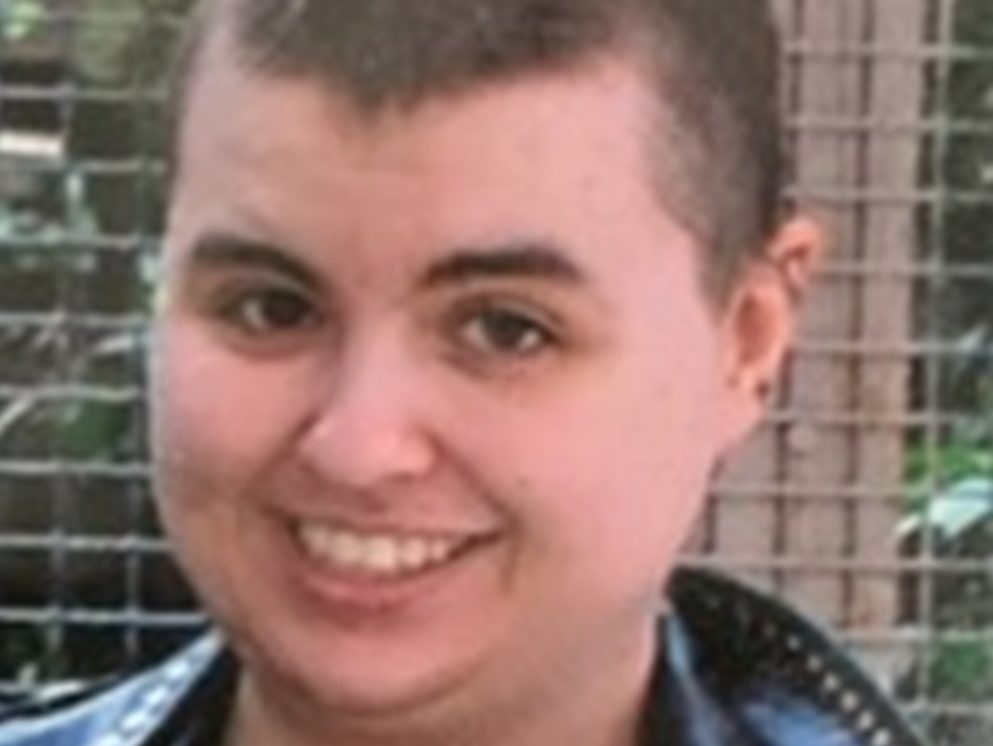BAYOU NIGHTMARE: Investigator UNLOCKS Shocking Truth Behind 16 Grisly Deaths!

A chilling question hangs over Houston: are seemingly isolated deaths connected by a sinister hand? A local private investigator believes authorities may be too quick to dismiss the possibility of a serial killer operating within the city’s sprawling network of bayous. The murky waters have already yielded a disturbing number of bodies this year. Colman Ryan, working with the family of 22-year-old Kenneth Cutting Jr., expresses deep concern. “They're saying they don't have a serial killer, but I'm not sure,” he stated. The pattern isn’t fitting neatly into typical serial killer profiles, but the consistent location – the bayous – is undeniably unsettling. Sixteen bodies have been recovered from Houston’s 2,500 miles of bayous in 2024 alone. Among the victims is Jade McKissic, a 20-year-old University of Houston student who vanished after a night out in September. Her body was discovered in Brays Bayou days after she was last seen leaving a downtown bar. What’s particularly troubling is that neither McKissic nor Cutting fit the profile of vulnerable individuals often associated with such tragedies. Both had lives, families, and no apparent connection to homelessness or substance abuse – the explanations offered by city leaders, including Mayor John Whitmire. The case of Kenneth Cutting Jr. is riddled with inconsistencies. He was last seen leaving a dueling piano bar after a disagreement with a roommate. Later that night, his roommates texted his father, claiming he’d become erratic and exited their vehicle on a highway. Days later, his remains were found in Buffalo Bayou, a mile from where he was reportedly left. A toxicology report came back negative, revealing no drugs in his system. However, discrepancies in the autopsy report have fueled the family’s suspicions. Cutting’s cousin, Lauren Freeman, revealed a perplexing detail: the report mentioned orthopedic hardware in his neck, despite no known prior surgery. Freeman alleges that a medical examiner’s office representative later dismissed the finding as a clerical error, claiming no hardware was present. This shifting explanation, coupled with other inaccuracies, has eroded the family’s trust in the official investigation. Further compounding the mystery, the autopsy listed Cutting’s height as 4 feet 8 inches, significantly shorter than his actual 5 feet 3 inches. His weight was recorded as 89 pounds, drastically lower than the 115 pounds his father recalls before his disappearance. These errors raise serious questions about the thoroughness of the examination. Criminal justice expert Joseph Giacalone emphasizes the need for meticulous investigation. “Each case has to be dissected on its own merits — timeliness, reinterviews and autopsy reports,” he explained. He also acknowledges the growing challenges with the reliability of modern forensic reports. The lack of response from both the Mayor’s office and the Houston Police Department to repeated inquiries regarding the Cutting case only deepens the unease. As the number of bodies recovered from the bayous continues to rise, the possibility of a hidden danger lurking beneath the surface becomes increasingly difficult to ignore.
Share this article
Related Articles
Trending Now
Article Info
Category
USA
Views
39
Published
Oct 29, 2025
Last Updated
3 hours ago




